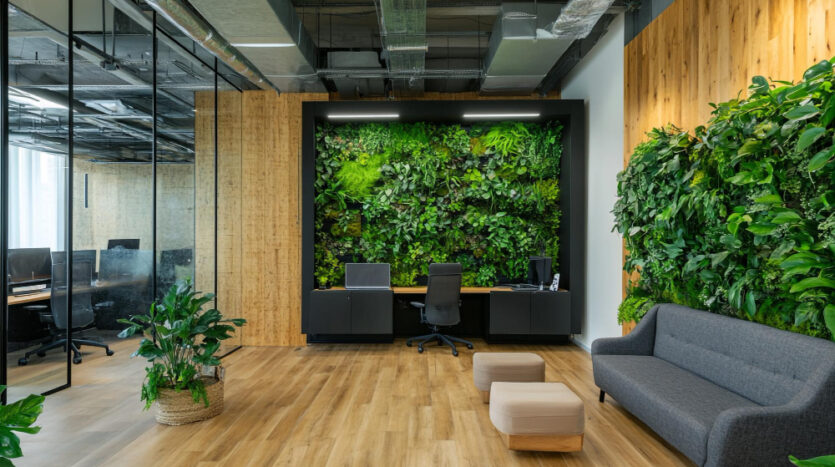Green Buildings in Nairobi: Do Sustainable Homes Hold Value?
Introduction
As Nairobi grows into a modern African capital, green buildings and sustainable homes in Kenya are no longer fringe concepts. They are at the center of urban development, driven by climate concerns, rising utility costs, and changing buyer preferences. But the key question for investors and homebuyers remains: Do green buildings in Nairobi actually hold value over time?
What Are Green Buildings?
Green buildings are designed to reduce environmental impact while improving comfort and efficiency. Common features include:
- Solar power and energy-efficient lighting.
- Rainwater harvesting and recycling systems.
- Eco-friendly construction materials.
- Natural ventilation and daylight optimization.
- Smart home technologies for energy and water management.
Why Nairobi is Shifting Toward Sustainable Homes
- Rising Costs: With higher electricity and water bills, buyers prefer homes with efficiency savings.
- Policy Push: Kenya Green Building Society (KGBS) and government incentives promote eco-certification.
- Global Investor Trends: ESG (Environmental, Social, Governance) investments are growing worldwide.
- Lifestyle Shifts: Younger professionals and families are prioritizing sustainable living.
For context, see our real estate market trends Kenya 2025 guide.
Do Sustainable Homes Hold Value?
Higher Resale Potential
Eco-certified homes are increasingly attractive to buyers, leading to stronger appreciation in value.
Lower Running Costs
Homes that save on power and water costs remain desirable in the long term.
Rental Premiums
Tenants, especially expatriates and corporates, often pay more for eco-friendly residences with reliable utilities.
Long-Term Market Appeal
As sustainability becomes mainstream, non-green properties risk losing competitive edge.
Learn more in our report on upcoming real estate projects in Nairobi 2025.
Challenges Facing Green Buildings in Nairobi
- Higher Upfront Costs: Eco-friendly construction can add 10–15% more to initial costs.
- Awareness Gap: Some buyers still prioritize price over sustainability.
- Specialized Maintenance: Solar, water, and smart systems require skilled management.
- Slow Market Maturity: Few certified projects compared to global benchmarks.
Examples of Green Projects in Nairobi
- Britam Tower – Incorporates energy-efficient design and rainwater harvesting.
- Garden City Residences – Uses solar and eco-conscious materials.
- The Hub Karen – Built with sustainability at its core.
Frequently Asked Questions
Are green buildings more expensive in Nairobi?
Yes, but the long-term utility savings and resale premiums usually outweigh the higher upfront costs.
Who is buying sustainable homes in Kenya?
Young professionals, families, corporates, and ESG-focused investors.
Do banks in Kenya finance green buildings?
Some lenders and institutions are introducing green mortgage products.
Which Nairobi suburbs have eco-friendly homes?
Kilimani, Westlands, Karen, and Lavington are leading in green developments.
Do sustainable homes have better rental demand?
Yes. They attract higher-paying tenants who value efficiency and eco-conscious living.
Final Thoughts
Green buildings in Nairobi are more than an environmental choice — they are a sound financial decision. With growing demand, policy support, and lifestyle shifts, sustainable homes in Kenya hold long-term value for both buyers and investors.
At Sarabi Realty Group, we connect clients with verified eco-friendly developments across Nairobi.
📞 Call us: +254 112 703 835
📧 Email: sarabirealtygroup@gmail.com
💬 WhatsApp: Chat with us on WhatsApp

